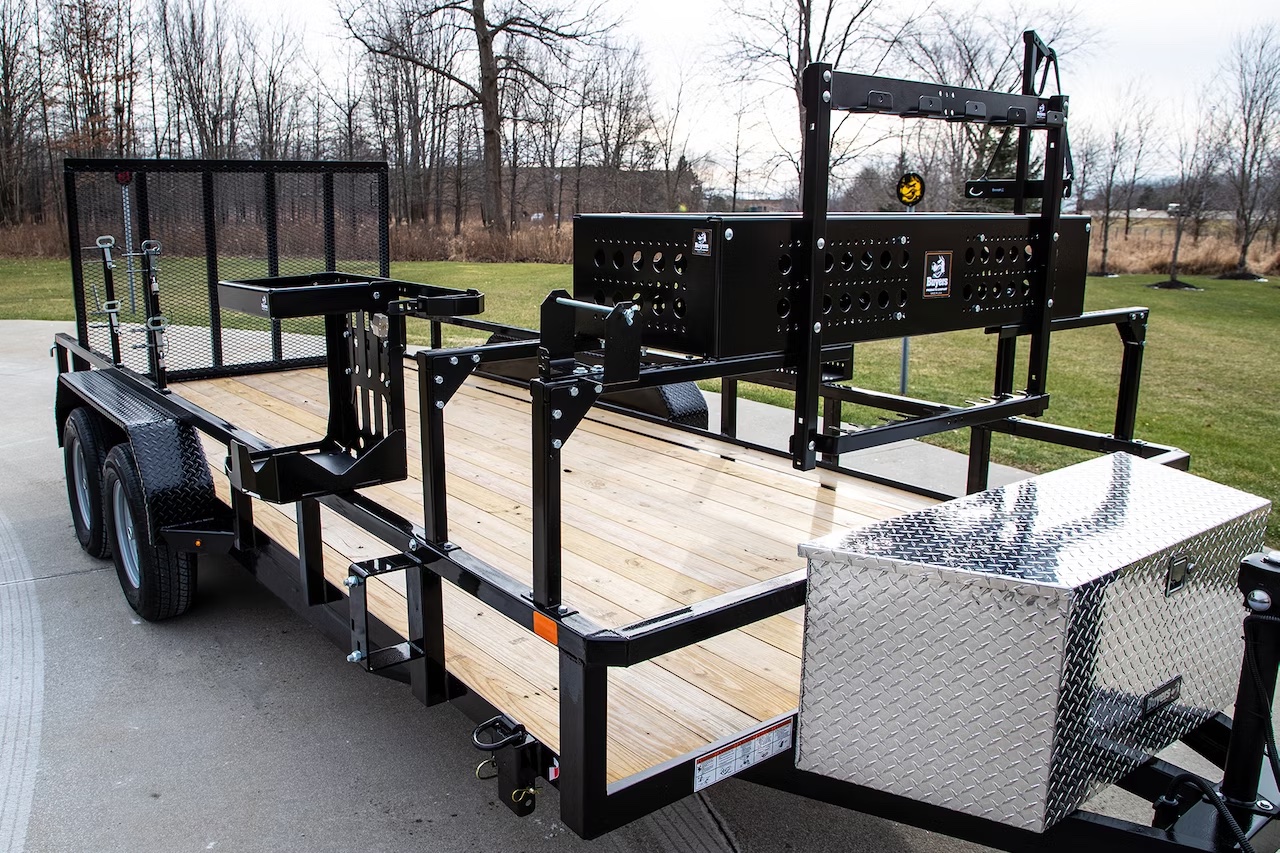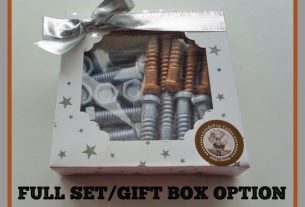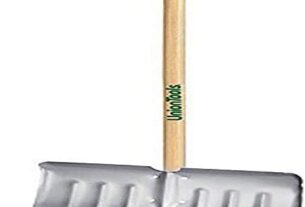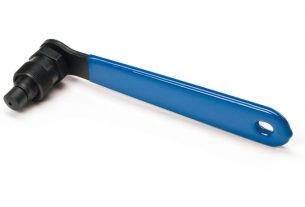Are you tired of hauling heavy tools back and forth from your job site? A tool trailer setup might be just what you need! Whether you’re a contractor, DIY enthusiast, or just looking for an easier way to transport your equipment, a well-designed tool trailer can make all the difference.
In this article, we’ll cover everything you need to know about tool trailer setup. From selecting the right trailer to organizing your tools, we’ve got you covered. So let’s get started!
Choosing the Right Trailer
The first step in setting up your tool trailer is choosing the right one. There are many different types of trailers available, so it’s important to consider your specific needs before making a decision.
Some factors to consider include:
– Size: How much equipment do you need to transport? Make sure the trailer you choose is large enough to accommodate all of your tools.
– Weight Capacity: How heavy are your tools? Be sure to select a trailer with a weight capacity that can handle the load.
– Hitch Type: Depending on your vehicle, you may need a certain type of hitch to connect your trailer. Be sure to check compatibility before making a purchase.
– Storage Options: Look for trailers with built-in storage options like cabinets, drawers, and shelves. This will help keep your tools organized and easily accessible.
Organizing Your Tools
Once you have your trailer selected, it’s time to think about how you’ll organize your tools inside. The key here is efficiency – you want to be able to find what you need quickly and easily without wasting time digging through piles of equipment.
Here are some tips for organizing your tools:
– Use Cabinets and Drawers: Cabinets and drawers are great for storing smaller items like hand tools and fasteners. Be sure to label each drawer or cabinet so you know exactly what’s inside.
– Install Shelves: Shelves are perfect for storing larger items like power tools and equipment. Consider using adjustable shelving so you can customize the space to fit your needs.
– Use Pegboard: Pegboard is a great option for hanging tools like wrenches, pliers, and hammers. This keeps them easily accessible and frees up valuable shelf and drawer space.
– Label Everything: Whether it’s with a label maker or masking tape and a marker, be sure to label everything in your trailer. This will save you time when searching for specific tools.
Securing Your Equipment
One of the most important aspects of tool trailer setup is securing your equipment during transport. The last thing you want is for your tools to shift around and get damaged while on the road.
Here are some tips for securing your equipment:
– Use Tie-Down Straps: Tie-down straps are essential for keeping your equipment in place during transport. Be sure to use high-quality straps that are rated for the weight of your load.
– Use Ratchet Straps: Ratchet straps are another great option for securing heavy equipment. They’re easy to use and provide a secure hold.
– Install E-Track: E-track is a type of tie-down system that’s built into the walls of your trailer. It allows you to easily secure equipment using special hooks and straps.
– Check Your Load: Before hitting the road, double-check that all of your equipment is securely fastened and won’t shift during transport.
Maintenance Tips
Finally, it’s important to keep your tool trailer in good condition by performing regular maintenance. This will not only extend the life of your trailer but also ensure that it’s safe to use on the road.
Here are some maintenance tips:
– Clean Regularly: Dirt, dust, and debris can build up inside your trailer over time. Be sure to clean it out regularly to prevent damage to your tools.
– Check Tires: Check your trailer tires regularly for signs of wear and tear. Replace them as needed to ensure safe transport.
– Lubricate Moving Parts: Moving parts like hinges and locks can become stiff over time. Use a lubricant like WD-40 to keep them operating smoothly.
– Inspect Brakes: If your trailer has brakes, be sure to inspect them regularly for signs of wear and tear. Replace them as needed to ensure safe stopping.
Conclusion
Setting up a tool trailer can seem daunting at first, but with the right equipment and organization, it’s easier than you think. By following these tips, you’ll be well on your way to a hassle-free experience on the job site.
If you need more information or have any questions about tool trailer setup, be sure to check out our wiki reference below. And don’t forget to browse other authoritative websites for additional resources and inspiration!
Wiki Reference:
Tool Trailer – https://en.wikipedia.org/wiki/Trailer_(vehicle)




